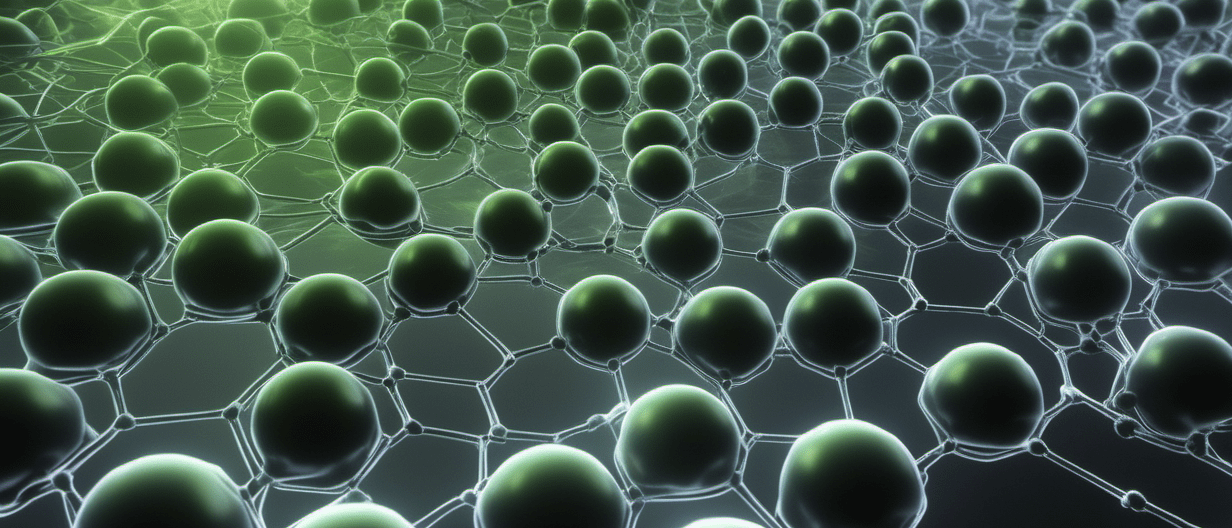Significant steps towards achieving truly green electricity generation are taken, writes Dr. Laura Wey.
The Imperative for Green Energy Solutions
Photosynthesis is a fundamental biological process by which plants, algae and even some bacteria convert solar energy into chemical energy (glucose) to sustain their growth and development. The release of oxygen into the atmosphere as a byproduct contributes significantly to the oxygen levels essential for life on Earth. In essence, photosynthesis serves as a cornerstone for the intricate web of life, showcasing the remarkable efficiency of nature in harnessing solar energy for fuel.
In pursuit of mitigating climate change and averting ecological collapse, the adoption of clean, renewable energy sources is paramount. Harnessing the unique ability of photosynthetic bacteria to generate electricity from photosynthesis opens avenues for sustainable energy production. This phenomenon finds application in biophotovoltaic devices, offering the potential to power remote devices, fuel the Internet of Things, and recently even sustaining a microprocessor continuously for over six months .
In BPVs, photosynthetic bacteria are illuminated on an electrode that harvests their electricity. However, the best performing electrodes are typically made from unsustainable materials like indium tin oxide, raising environmental concerns. To address this issue, researchers at the University of Turku and Åbo Akademi University collaborated to develop sustainable electrodes for BPVs (Reading list 2 and 3). This is a significant step towards achieving truly green electricity generation.
Electrically Conducting Polymers
Inspired by sustainable display screen technologies, a team led by Docent Pia Damlin and Professor Yagut Allahverdiyeva explored the potential of using the electrically conducting polymer poly (3,4-ethylenedioxythiophene) (PEDOT) for BPVs. Conducting polymers are environmentally friendly and biodegradable; the conducting polymer azulene even occurs naturally in plants and mushrooms. Conducting polymers are also biocompatible and non-toxic, being used in medical applications.
In the study, researchers fabricated thin PEDOT films onto pieces of glass using a new atmospheric pressure vapor phase polymerization (AP-VPP) technique that is both simple and cost-effective. They then added photosynthetic bacteria and systematically tested the electricity produced under various conditions, achieving a quarter of the present benchmark outputs from indium tin oxide electrodes. This research lays the groundwork for extending the AP-VPP technique to fabricate 3D PEDOT electrodes for higher future electricity outputs.
Graphene Electrodes
In a parallel study co-led by Professor Yagut Allahverdiyeva and Docent Rose-Marie Latonen, graphene was explored as another sustainable material for BPV electrodes. Starting with natural flake graphite and a sodium cholate surfactant (from liver), researchers employed a cost-effective shear exfoliation technique to produce graphene films. Additionally, a composite with cellulose nanocrystals (CNC) was made, using the most abundant polymer on Earth – cellulose.
Both types of electrodes could harvest electricity from photosynthetic bacteria under light. Graphene electrodes demonstrated superior electrically conducting properties, and the graphene–CNC composite films demonstrated higher mechanical durability.
Towards a Green Future
These research projects are a step towards environmentally friendly and economically feasible BPV technologies. They underscore the importance of considering the sustainability of components in green biotechnologies, and that alternatives can be found. These findings also highlight the potential of photosynthetic bacteria as living generators, that can hopefully contribute to a green energy future.



Photosynthetic bacteria on a sustainable AP-VPP-fabricated PEDOT electrode produce electricity in a truly green way. Photo credit: Michal Hubáček and Emilia Hautala.
Dr Laura Wey works as a Postdoctoral Researcher at the University of Turku. Her research on generating green electricity from photosynthetic bacteria (Photo-e-microbes) is funded by a 2023 grant from the Maj and Tor Nessling Foundation. You can follow Laura’s work on X: @lauratwey.
Article photo: AI art of the photosynthetic bacteria on the new sustainable graphene electrodes (Laura Wey; Midjourney AI).
Reading list:
Wey, L. T., Bombelli, P., Chen, X., Lawrence, J. M., Rabideau, C. M., Rowden, S. J., Zhang, J. Z. & Howe, C. J. (2019). The development of biophotovoltaic systems for power generation and biological analysis. ChemElectroChem, 6(21), 5375-5386. DOI: 10.1002/celc.201900997.
Wey, L. T., Yewale, R., Hautala, E., Hannonen, J., Katavisto, K., Kvarnström, C., Allahverdiyeva, Y. & Damlin, P. (2023). Optoelectronic enhancement of photocurrent by cyanobacteria on sustainable AP-VPP-fabricated PEDOT electrodes. Electrochimica Acta, 143597. DOI: 10.1016/j.electacta.2023.143597.[LW2]
Lund, S., Wey, L. T., Peltonen, J., Bobacka, J., Latonen, R.-M., & Allahverdiyeva, Y. (2024). Graphene and graphene-cellulose nanocrystals composite films for sustainable anodes in biophotovoltaic devices. Sustainable Energy & Fuels. DOI: 10.1039/D3SE01185B.

